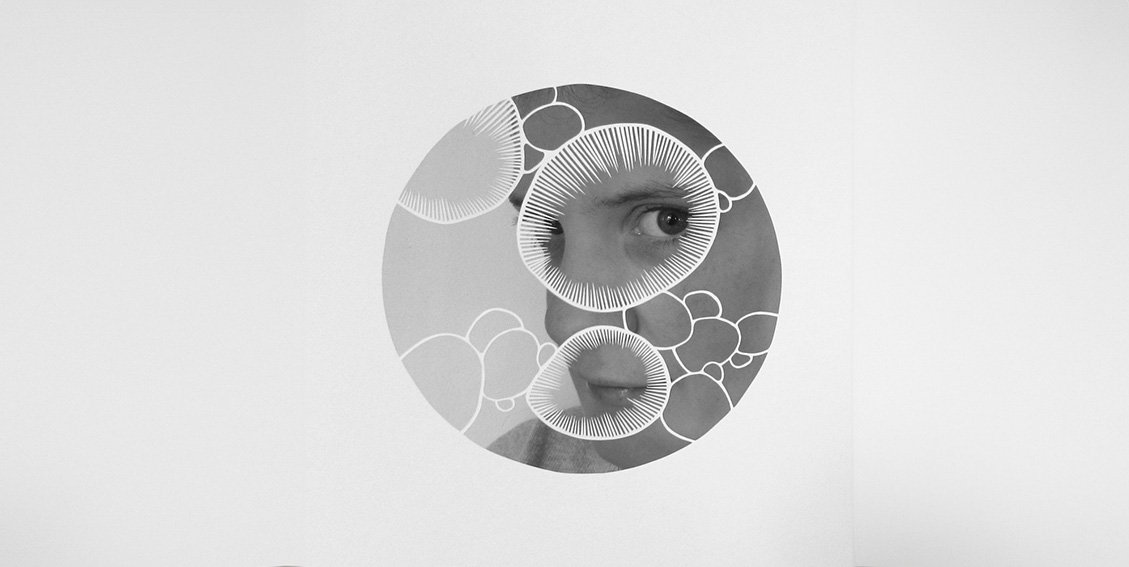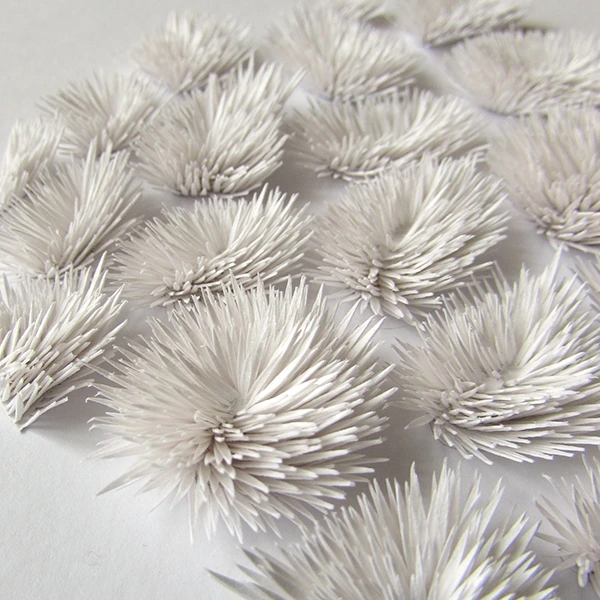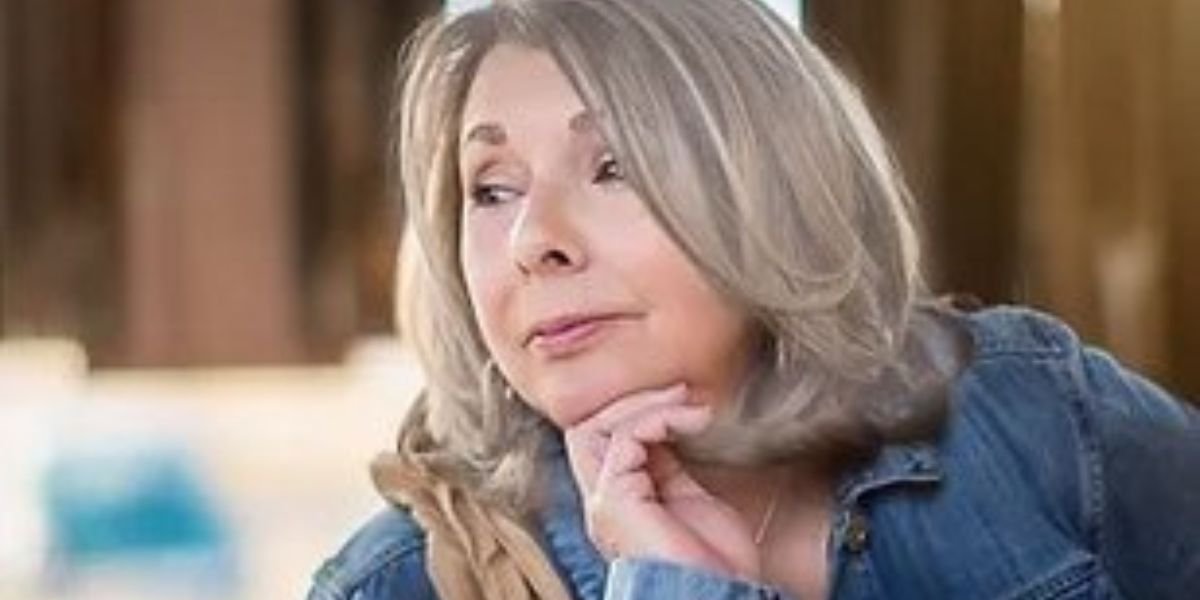Cutting Through the Ordinary – The Art of Clare Pentlow

Discover how Clare Pentlow transforms simple sheets of paper into breathtaking works of art
Clare Pentlow discusses her passion for paper as a medium, the influence of mathematics and nature, and how she pushes the boundaries of intricate, precise paper art and sculpture.
Paper, often viewed as a simple, everyday material, becomes a medium of boundless artistic expression in the hands of Clare Pentlow. A master of precision, Pentlow transforms delicate sheets of paper into intricate sculptures that reveal hidden beauty in their folds, cuts, and shadows. Her work draws on both her fascination with nature’s forms and her background in mathematics, creating mesmerizing layers that are as visually arresting as they are conceptually profound. Throughout this interview, Pentlow delves into her creative process, the evolving relationship she has with paper, and the continuous challenges she sets for herself as an artist.
Clare Pentlow’s art is a testament to the endless possibilities of paper as a medium. Her ability to balance strength and fragility, while using light and shadow to enhance the depth of her pieces, has established her as a distinctive voice in contemporary art. Her works invite viewers to pause, look closely, and appreciate the simplicity of paper reimagined into complex, beautiful forms.
Your work revolves around the transformation of paper, exploring its strength and fragility. What initially drew you to paper as a medium, and how has your relationship with it evolved over time?
Paper is something I’ve grown up, its something I’ve continually played around with created origami sculptures with. It’s always been there something to scrawl and scribble on and to fiddle with. When I was younger you could always find bus and train tickets in my pocket folded in random shapes to the point of tearing. So I’ve always grown up with paper and I think that playfulness has stayed with me, it is a material which allows for mistakes it can either be recut, refolded, redone or recycled. As I started to work more and more with paper you find a whole world of different types of paper from Japanese Washi paper to thicker European papers used for the more traditional art materials like painting and drawing each cuts differently, each folds different, different textures and different weights. I have a favourite but I love to explore and find new papers so I always say I’m still learning and finding my way with paper knowing i’ve only touched the surface when it comes to working with paper.

“Paper is something I’ve grown up with; it’s something I’ve continually played around with, creating origami sculptures with. It’s always been there, something to scrawl and scribble on and to fiddle with.” – Clare Pentlow
Precision and repetition are central to your process, as you create intricate layers and patterns. How does your background in maths and science influence the way you approach and execute your pieces?
When I talk of my science and maths background it’s in reference to how much I enjoyed both of those subjects at school in particularly maths and its something I continue to read about and look up, I find the methodical approach used in both influence how I work. It is also for me the willingness to continue to ask questions and experiment.
Shadow and light play a significant role in your work, adding depth and movement to your pieces. Can you talk about the importance of these elements and how you manipulate them to bring your artworks to life?
Shadow plays an important part especially when using just one colour, creating more depth and a deeper colour. When I use just white you find yourself seeing more colours in the shadows, blues and purples creating a stunning tone. It also interests me how in different types of light the shadow changes and becomes something different, changing how the pieces looks and how the piece is seen.
As you continue to refine and perfect your technique, what are some of the challenges you face when working with increasingly smaller and more detailed cuts? How do you push the boundaries of what’s possible with paper?
As I said before for me its about asking questions of the paper, how small can I cut, how many layers can I add? Will the paper tear if i cut any smaller. Recently I have been working in a more sculptural way, small simple structures, can they hold there own shape or do they stretch under the weight of the paper. Whilst also incorporating shadow and light as another structure. One of the challenges I do face is how the enviroment effects the paper light damage and humidity, all things I consider when creating my work and continue to cause some issues. I also say that the possibilities of paper are endless especially when you consider the many different types even when you think of what’s around your own home from magazines to tissue paper to junk mail.
Nature seems to be a recurring source of inspiration in your work. What specific patterns or phenomena in nature captivate you, and how do you translate these into your paper creations?
I’ve always enjoyed being out in nature and although I wouldn’t say I directly recreate nature its something which always influences my work from lichen and moss to the mathematical patterns found in the seedheads of sunflowers. I in particularly enjoy looking at nature under a microscope, pollen is incredible in its forms and also water where you can see diatoms all which in someway influence my work whether it be the different shapes and textures to the colours.
Your art challenges viewers to reconsider the beauty of simple materials like paper. What do you hope people take away from your work, and how do you feel it influences their perception of everyday objects?
One thing I hope viewers take away is that paper can be used as a material to create art and sculpture from and paper is everywhere and incredible things can be created even if it just reminds them of how they used to do Origami when they were younger paper of me hopes they go home and just play with a piece of paper. Make a snowflake, it’s surprising how many people don’t know how to make a paper snowflake, but most importantly move away from the mobile phone and the laptop. Much like how crochet, knitting and embroidery has somewhat faced a resurgence paper crafting and paper art is so much more accessible for all.












